Victoza for sale
$135.00
Victoza is a medicine approved to treat patients with type 2 diabetes, but there are clinical studies that demonstrate its effectiveness for weight loss. Victoza contains the active substance liraglutide and comes in pre-filled pen injectors. Victoza can be administered as a weight loss aid when you have a BMI of 28 or higher. The active substance, liraglutide, slows down the passage of food through the stomach. The feeling of satiety manifests earlier and lasts longer, so you eat less. When combined with proper physical exercise, it helps you lose weight faster.
Price $135 per box of 4 pens
The effective utilization of Victoza necessitates meticulous adherence to the prescribed regimen. Typically, treatment begins with a starting dose of 0.6 mg administered once a day for a minimum of one week. Upon the guidance of your healthcare provider, this dosage is incrementally increased to 1.2 mg once daily. In instances where blood glucose control remains suboptimal, a further escalation to 1.8 mg per day may be recommended.
Subcutaneous injections are the preferred mode of administering Victoza, involving the delivery of the solution beneath the skin. The recommended injection sites include the front of the thighs, the front of the waist (abdomen), and the upper arm. The flexibility to administer injections at any time of day is afforded, although consistency in timing is encouraged.
Detailed and specific instructions detailing the use of the pre-filled pen are provided by healthcare professionals, ensuring that patients are well-equipped to navigate this aspect of their diabetes management journey.
Ingredients
Victoza derives its potency from its principal active ingredient, liraglutide, which plays a central role in regulating blood sugar levels. Beyond liraglutide, each pre-filled pen incorporates additional components to ensure the solution’s stability and safety. Disodium phosphate dihydrate, propylene glycol, phenol, and water for injections collectively contribute to the integrity of Victoza.
Side effects
As with any medication, Victoza is accompanied by a spectrum of potential side effects. While commonplace reactions encompass nausea, diarrhea, vomiting, headache, indigestion, and increased pulse, rarer but more severe effects may surface. Instances of severe allergic reactions, bowel obstruction, and inflammation of the pancreas (pancreatitis) have been reported. Vigilance is key, and any manifestation of severe abdominal pain should prompt immediate medical consultation, as it could signify pancreatitis.
A noteworthy consideration pertains to hypoglycemia (low blood sugar), particularly when Victoza is employed concurrently with other diabetes medications. Healthcare professionals proactively educate patients on recognizing and managing episodes of low blood sugar.
Warnings
Prudent precautions and warnings must be observed when embarking on Victoza treatment. This medication is contraindicated for individuals with type 1 diabetes, diabetic ketoacidosis, severe kidney disease necessitating dialysis, severe liver disease, or severe heart failure. Likewise, it is cautioned against those contending with certain gastrointestinal conditions. Immediate medical consultation is imperative in the presence of symptoms indicative of acute pancreatitis, such as persistent abdominal pain.
Special attention must be accorded to pregnant and breastfeeding individuals. Given the uncertainty surrounding the effects of Victoza on the unborn child and breast milk, cautious consideration and consultation with healthcare providers are paramount.
Reviews
There are no reviews yet.
Related products
Uncategorized
Uncategorized
Uncategorized
Uncategorized
Uncategorized
Uncategorized
Uncategorized
Uncategorized


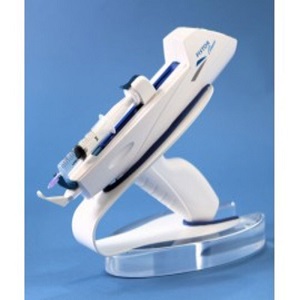
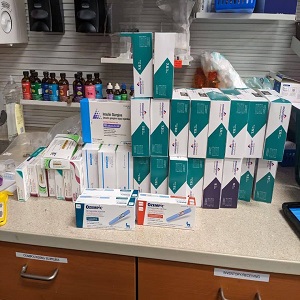

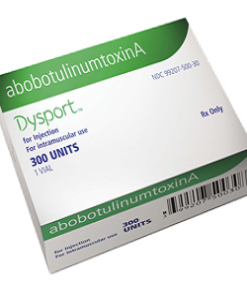
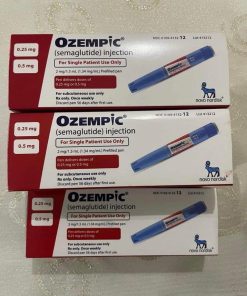



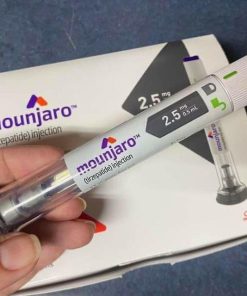



Be the first to review “Victoza for sale”